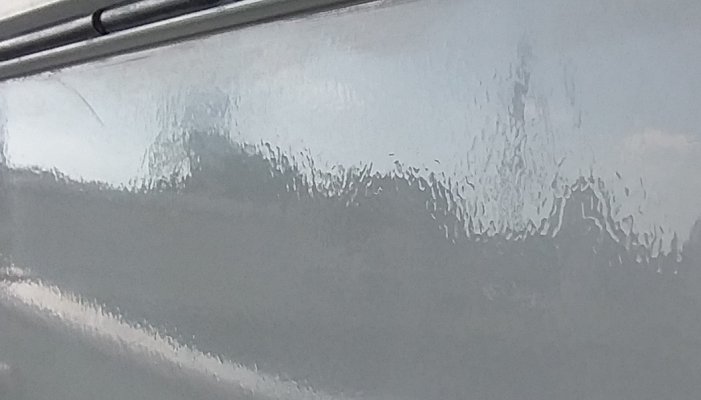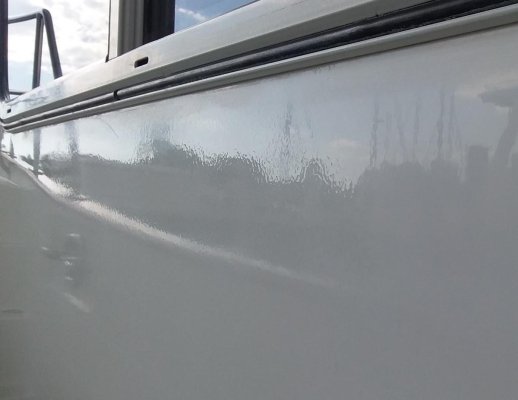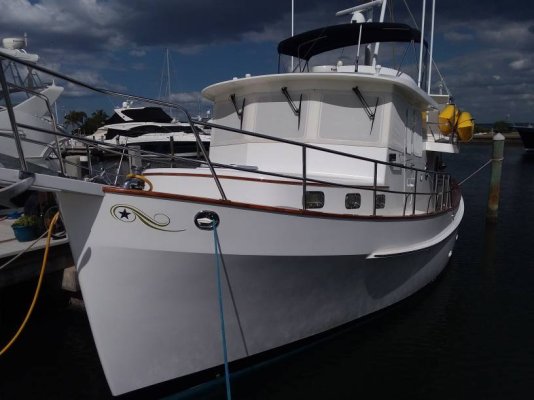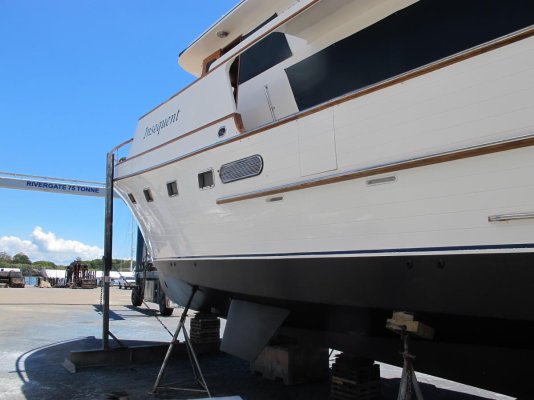fryedaze
Guru
- Joined
- Sep 4, 2011
- Messages
- 1,721
- Location
- USA
- Vessel Name
- Fryedaze
- Vessel Make
- MC 42 (Overseas Co) Monk 42
I have been keeping an eye on a detailer who is polishing a friends boat while he is away. I think the detailer may have "burnt" the gelcoat in one area but I don't know what it looks like if you overheat gelcoat with a buffer. Can anyone help me with what happened to this area on the gelcoat?





